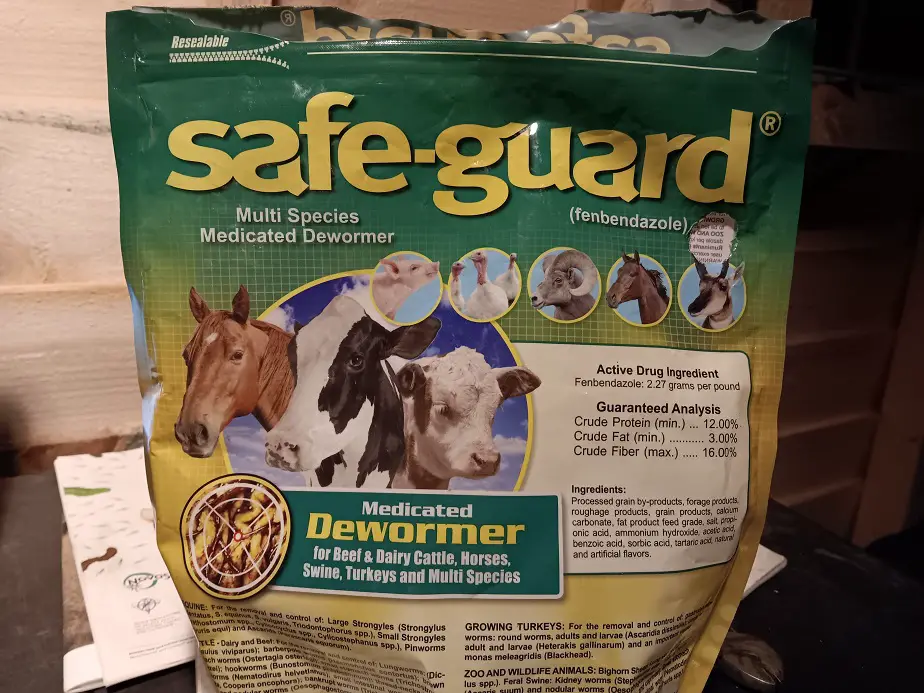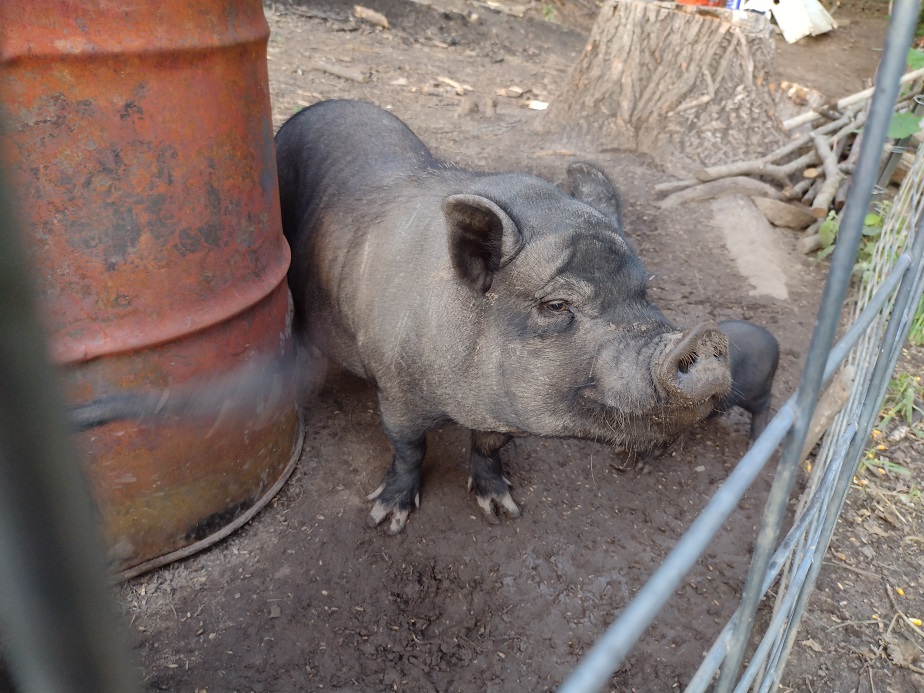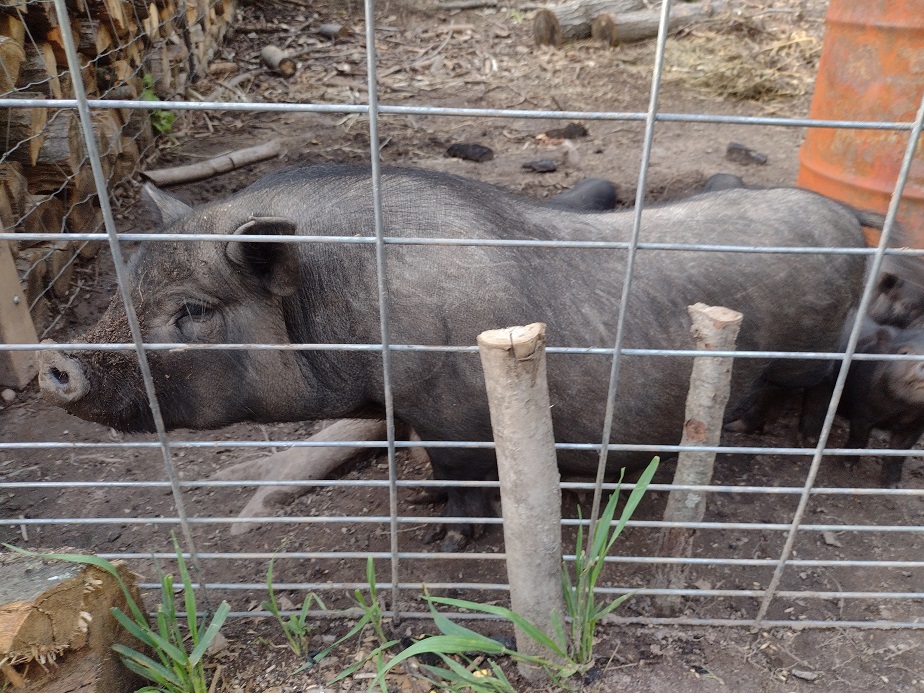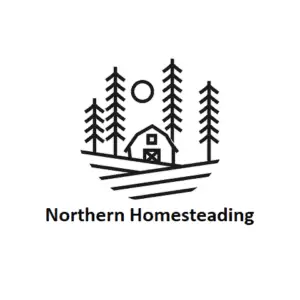The humble lard pig; once the quintessential element to society, now a piece of forgotten lore.
Lard pigs need a clean environment, decent enclosures, and adequate feed. Lard Pigs are often butchered older and fed a less concentrated diet than lean breeds. To maximize lard production, feed them as much as they will eat and let them get 1 year old. To keep them healthy, limit feed and encourage exercise.
There are vastly more breeds of lard pig than lean pigs, but most farmers have forgotten how to raise them in the last 40 years.
Selecting a Lard Pig to Raise
The most popular lard pigs in the US are the mangalista, the Guniea Hog, the Kunekune, and the Pot Belly Pig. They are all fine animals that grow efficiently and can be profitable if you butcher them at around 7 months old. I prefer the Potbelly pig as a homestead pig. Their size and temperament is easy to handle.
Pick a breed based on cost and what’s available locally, then consider your uses. I will tell you outright, if your plan is to sell raise several litters and sell them to a butcher or at a livestock auction, you’re going to have a tough time of it. The current industry despises lard pigs.
You cannot sell a non-lean pig to a hog buyer. They basically only want lean Yorkshire pigs. If you want to sell a nice, rich, well-marbled pork, you’ll have to find a custom market. That’s what I’ve done. People seem to like the meat, but the commercial industry doesn’t.
It’s funny, up till the mid-60s, You could hardly sell a lean pig, Everyone wanted a fat hog. In an old USDA farmer’s bulletin from the 20s, the listed Primary breeds for hog production were: Poland-China Berkshire, Chester White, Duroc-Jersey, and Hampshire. Originally, all were great lard breeds.
Now, they’ve all been crossed with lean breeds and bred for lean production so it’s hard to find a true lard pig. But, they are all large breeds and still are more fatty and marbled than the commercial white hog. If you’re looking to raise a regular-sized hog, look into these breeds.
I prefer small breeds. They’re just as efficient on feed but are way easier tio manage. Plus, potbelly pigs are usually cheap. The other breeds get pricey. If you do raise any breed that’s not of the standard commercial size, just realize that it’s not going to be a big carcass after slaughter.
A lot of people will raise smaller or mid-sized breeds and let them get older so they become regular market size (200-250 pounds). The issue with that is older pigs are less and less efficient with feed. Small breeds should be expected to have a small carcass and be butchered roughly the same age, 5-8 months.

One thing you need for pigs, no matter your raising system, is a parasitic worm treatment. The best swine dewormer is Fenbendazole. It’s known by the brand name Safeguard. Safeguard is available as a medicated corn/alfalfa pellet. It’s the only way I can worm my pigs since they won’t stand still for an injection of Ivermectin. It’s easy and cheap.
- There is a stronger pellet for swine only. Here it is on Amazon
- There is a weaker pellet for general barnyard livestock, including swine. Here it is on Amazon.
I use the multi-species version because it’s what’s available in my local store and I can use it for my chickens too. It’s the most effective swine wormer and the easiest to administer. I use it on all weaned piglets and adults twice a year. Don’t go without it.

How to Feed a Lard Pig
Lard Pigs will be happy free-feeding of hog feed but will begin to fatten considerably around 5 months if not restricted or supplemented with less concentrated feeds such as grass, tree fodder, or old produce. Lard pigs should be fed once to twice daily on a grain-based, protein-rich feed, and supplemented as needed.
We feed our pigs two or three times a day total. When they are young, they usually get grain-based feed morning and evening, and green fodder mid-day, At around 5 months, we switch them to only getting a grain-based feed in the morning. Then it’s some sort of greenery or vegetation twice a day.
If they are looking leaner than I want, I may add a second grain-based feeding in the evening for a month before butchering. Sometimes I add agricultural molasses to their first feeding instead, it it’s selling cheap at the time.
Besides grain, I feed other starches such as potato, jerusalem artichoke tubers, and sunflower seed. Basically, pigs need a source of starch. It could be root-crops, corn, oats, or even acorns if you had enough. Just a nice starchy feed supply. They also need some good protein.
I like to get protein from fermenting grains, and from sunflower seed that we grow. You can buy soybean for protein, or use a regular hog feed for a somewhat higher cost. If you do feed a commercial hog feed, feed only twice a day and ony as much as they will finish in one sitting.
If They’re getting fatter than you want, lessen the feed amount and look for any other low-calorie fodder to offer them. Even something like fresh grass clippings will be relished and devoured by pigs.

How Fat Will a Lard Pig Get?
Lard pigs are usually between 20 and 40 percent body fat. Usually, the first 10-15 percent body fat is marbling and after that, the rest is easily trimmable for lard production. A fat, round pig will have a body fat of 30 to 40 percent, and produce 10-20 percent of its live weight in rendered lard.
Lard Pigs will get as fat as you allow them to get. You can increase or decrease the fat by altering their feed. You can also increase the amount of fat by letting them get older on a heavy-feeding diet. After around 5-months, pigs start gaining less muscle and more fat. Pigs can be very fattened by 9-10 months.
Butchering a Lard Pig and Rendering Lard
When you skin and butcher a lard pig, trim off all extra fat from the carcass and individual cuts, and scrape the fat off the hide. dice the fat and cook it in a pot at around 180 degrees until it’s fully rendered. Higher temperatures will burn the lard. for the purest lard, try and keep all bits of meat out of the pot.
Small breed lard pigs are butchered very differently than the big guys. Generally, the cuts are left proportionally larger and not broken down very far. I Process our pigs into primal cuts and don’t break them down further. Basically, everything is nice a family roast-sized piece.
That’s all preference and You’ll have to figure out just what you want to do. Personally, I avoid anything that makes small portions or that requires a bone saw. Keep it simple. Things work better that way.
Related Articles:
